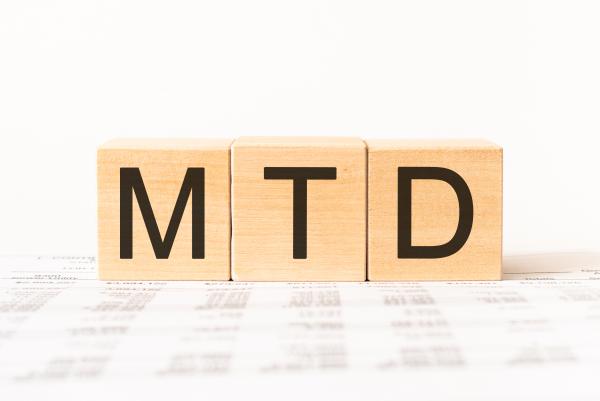
Making Tax Digital deferral makes tax disappear
Figures in today’s Budget documents estimate that the government’s deferral of Making Tax Digital for Income Tax Self-Assessment will cost the Exchequer over £1.75 billion. ATT and CIOT believe that the programme’s benefits might have begun to flow more quickly if the Government had consulted earlier and worked more closely in partnership with stakeholders. It’s not too late to consult widely on how the government’s objectives can be achieved, say the two bodies.
On 19 December the Financial Secretary to the Treasury announced that the £10,000 turnover threshold for Making Tax Digital (MTD) for Income Tax Self-Assessment (ITSA) would become £50,000 from April 2026 and £30,000 from April 2027.1 Further, the mandation date for general partnerships, due to be April 2025, was also postponed to a later date, and the government is consulting on if and how MTD can assist those businesses and landlords with a turnover of less than £30,000.
Today’s Spring Budget estimates the ‘cost’ of that deferral and de-scoping at over £1.75bn for the financial years up to and including 2027-28.2 While we have concerns3 about the exact calculation of additional revenues, there is no doubt that increased digitalisation can deliver significant benefits.
Alison Hobbs, Chair of the joint CIOT and ATT Digitalisation and Agent Strategy Committee, commented:
“The announcement to defer the implementation of MTD for ITSA, and subsequently introduce it in a staged manner, was clearly the correct one. The incredibly limited testing, combined with significant problems still to be resolved, meant that this delay had to happen. However, according to government figures, the cost is clearly substantial.”
There are five stages to the development and implementation of tax policy:4
- Stage 1 Setting out objectives and identifying options.
- Stage 2 Determining the best option and developing a framework for implementation including detailed policy design.
- Stage 3 Drafting legislation to effect the proposed change.
- Stage 4 Implementing and monitoring the change.
- Stage 5 Reviewing and evaluating the change.
MTD was announced, without prior consultation, at the 2015 Autumn Statement. Subsequent consultation in 2016 commenced at stage 2 of the tax consultation process.
Alison Hobbs continued:
“While we have spent the last seven years engaging with HMRC on MTD, it started too late in the policy development process. Key decisions, such as who would be in scope, what they need to do, and the implementation timetable were already decided.
“What should have happened, particularly for such a significant change, is that the government should have started the consultation at stage 1. We, along with other stakeholders, could have worked with HMRC to identify options to meet the policy objectives of reducing errors and mistakes and using the opportunities technology provides to make it easier for taxpayers to meet their tax obligations.
“Instead, the heart of the MTD proposals, ITSA, will first be implemented over ten years after the initial announcement, with much to do thereafter. Had discussions started in the right place, we might currently be reaping the benefits of digitalisation. It’s not too late to learn this lesson for the future.”
Notes for editors
1. The Financial Secretary’s announcement can be found here.
2. See item 74 on page 79 of the Spring Budget 2023 which can be found here.
3. For example, in 2016, a survey of CIOT and ATT members about MTD found that around 40% of respondents considered it would increase errors by their clients, with a similar proportion considering it will have limited impact. In a further survey in late 2019, only 10% of respondents said that MTD for VAT had reduced errors made by their clients.
4. The government recommitted to these consultation principles when it announced the new Budget timetable and the tax policy making process in 2017, which can be found here.















